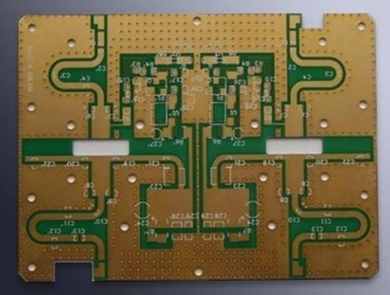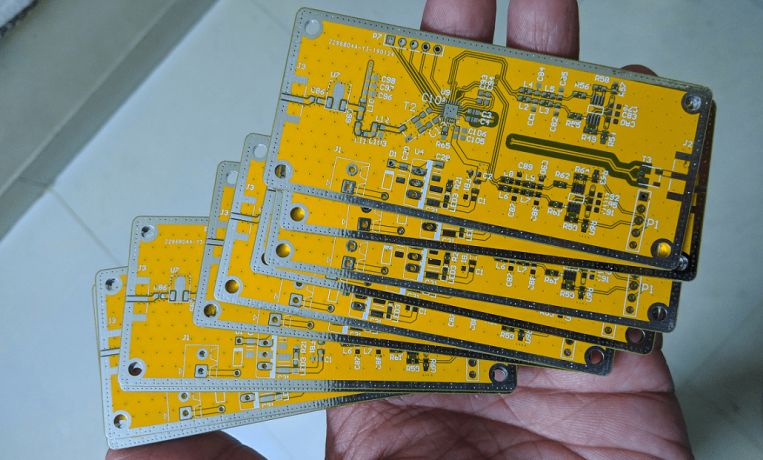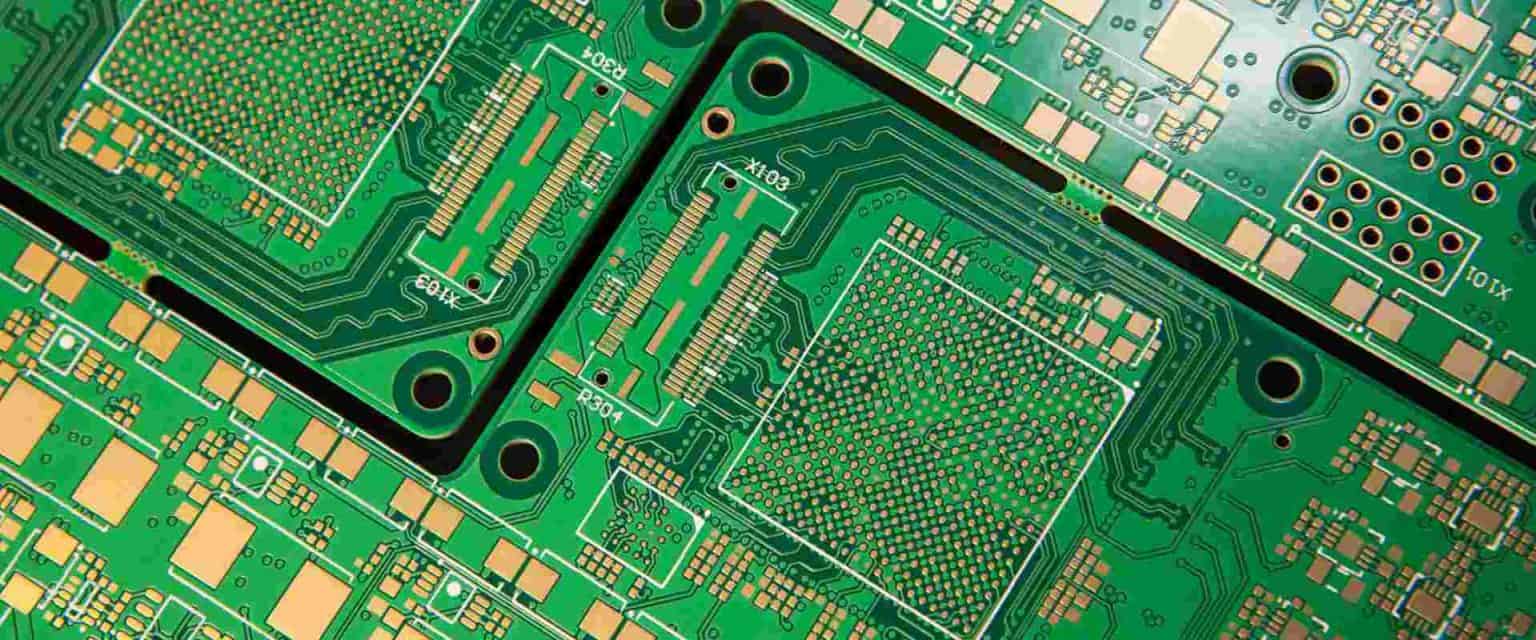Introduction
Printed circuit boards (PCBs) are an essential component of most electronic devices. They provide the physical platform to mount and connect electronic components using conductive copper traces on an insulating board substrate. While simple PCBs can be mass produced cheaply, custom PCBs allow designers to optimize the board layout for their specific needs. However, this customization comes at a cost. In this article, we will examine the key factors that influence the cost of custom PCB fabrication and assembly.
What is a Custom PCB?

A custom PCB is a printed circuit board that is designed for a specific application, rather than mass-produced. Custom PCBs provide designers with complete control over:
Board size and shape
Custom PCBs can be designed in any size or outline, optimized for the target enclosure or product. Common sizes range from compact 20mm x 20mm boards to full page 300mm x 250mm designs. Non-rectangular and irregular board outlines are also possible.
Component placement and routing
Components and connectors can be freely positioned to minimize length or crosstalk between traces. Traces can also be tuned for controlled impedance on high speed signals.
Layer count
The number of copper layers, from simple 2-layer boards up to high density multilayer designs with 30 or more layers. More layers provide increased routing capacity and design flexibility.
Materials
Special dielectric substrates like FR-4, Rogers, Arlon allow optimizing for cost, thermal performance and dielectric properties. Exotic materials like ceramic and teflon are also available.
Component technology
Accommodate components requiring tight tolerances or advanced packaging, like BGAs, 01005 passives, high pin count fine pitch packages.
High speed design
Important for high frequency analog or fast digital circuits, including controlled impedance traces, avoiding crosstalk, and specialized layout techniques.
High power design
Boards meant for high power applications may need thicker copper traces, special thermal considerations, and high density interconnects.
This customization allows the PCB to be tailored for its application, but comes at an increased cost compared to standardized mass production boards.
Factors That Determine Custom PCB Cost

While each custom PCB quote will depend on the specific requirements, there are some general factors that influence the overall fabrication and assembly costs. The major contributors are:
Board Size
In general, a larger PCB costs more to produce than a smaller one. This is because the fabrication processes – lamination, drilling, plating, etching, etc. – are performed on a panel containing multiple boards. Larger boards take up more area on the panel, reducing the number of boards that can be produced per panel. This results in increased cost per board. Panel sizes vary between PCB manufacturers but common sizes are 18″x24″, 24″x24″ or 24″x36″.
As a rough estimate, a PCB under 50mm x 50mm would be considered small, while anything over 200mm x 150mm is on the large side. Specific pricing breaks will vary between PCB assembly services.
Layer Count
The number of conductive copper layers in the PCB stackup directly impacts the fabrication complexity and material costs. While a simple single or double sided board might have 1-2 layers, complex designs can easily reach 8, 12, 16+ layers to accommodate dense component placement and routing.
Each additional internal layer adds cost through steps like press lamination, drilling, plating, and electrical test. High layer count PCBs also use more expensive substrates like FR-4 and add thickness for structural stability. In addition to fabrication, multi-layer boards often require impedance controlled routing for high speed signals, adding to design time and complexity.
As a general guideline, 2-4 metal layers would be low cost, 4-6 layers is standard, 8+ layers is considered complex or high density.
Board Quantities
Economies of scale apply strongly to PCB production. For small prototyping runs of 5-10 boards, setup costs are amortized over fewer boards, significantly increasing cost per unit. As quantities scale to hundreds or thousands of boards, the cost per board drops dramatically. Very large production runs can be produced for as little as $5 per board.
Quantity pricing tiers will vary between PCB manufacturers based on lot charges, but sample tiers could be:
- 1-10 boards: Low volume prototyping
- 10-50 boards: Medium volume prototyping
- 50-500 boards: Small production run
- 500-5000 boards: Medium production run
- 5000+ boards: High volume production
Lead Time
Faster turnaround comes at a premium cost. Standard lead times can range from 2 weeks to over a month, depending on order volumes and backlog. “Quick turn” production with lead times under 1 week will usually include an additional rush fee. Very rapid 24-48 hour assembly is possible but incurs the highest premiums.
Assembly and Soldering
Assembling components onto the bare PCB is a significant portion of the overall cost, often exceeding fabrication expenses. Hand soldering is very time consuming and costly compared to automated assembly. Simple through-hole components can be machine assembled and wave soldered economically in large volumes. However fine pitch surface mount devices require more complex pick-and-place assembly and precision reflow soldering equipment.
Component Selection
Component selection also affects assembly pricing. Tiny chip components like 01005 resistors or small QFN packages are challenging and slow to accurately place versus larger 0805 or SOIC components. High pin count BGAs or dense connectors require additional soldering process steps. Low cost commodity components are readily available, while esoteric parts may have long lead times or MOQ requirements.
Design Complexity
Boards requiring tight component spacing, small connections, high routing density, impedance control or backdrilling add fabrication and assembly costs. Complex designs need extensive engineering review to ensure manufacturability and testability. Very dense PCBs may require HDI technology with microvias and thin substrates. All these factors increase cost over simple double sided boards with wide traces and ample spacing.
Certifications
Special certifications like UL recognition or ITAR compliance add engineering and documentation costs. Some industries like aerospace, defense and medical require rigorous quality standards as well.
Location
Component sourcing and PCB production in North America or Europe is generally more expensive compared to Asia. However domestic sourcing can provide quicker turnaround times and better communication and oversight.
PCB Cost Estimation Guide

With an understanding of the key cost factors, we can now develop a rough cost estimation guide for custom PCB orders. This provides price ranges for different combinations of features to help budget for your next project. Bear in mind that unique requirements and tight specifications will often result in pricing at the higher ends of these ranges.
This table provides price estimates primarily for prototyping quantities of 5-10 boards. Production order discounts can be substantial for run sizes in the hundreds or thousands of units. Assembly costs are also highly dependent on component selection, with simple through hole parts being much cheaper compared to dense fine pitch SMT components.
As a rough starting point, boards in the 2-4 layer count range with medium complexity tend to cost in the $200 to $500 range for 5-10 pieces. Simpler designs can hit the lower end around $200, while complex layouts with 6+ layers may reach up to $800 or more. Very high complexity boards could potentially exceed $1000 or in some rare cases even approach $2000.
These prices are inclusive of both fabrication and component assembly costs. Bare PCB fabrication only may be 50-75% less than fully assembled boards, but remember this still leaves costly hand assembly or soldering to be completed after delivery.
Optimizing PCB Cost
Here are some practical design tips to help reduce PCB fabrication and assembly costs in your next project:
- Start with the simplest design that meets your requirements. Additional layers, smaller sizes or esoteric materials can always be considered if needed.
- Use larger 1206 or 0805 chip components instead of 0603 or 0402 when feasible. Avoid very tiny 0201 or 01005 components unless absolutely necessary.
- Design with cheaper FR-4 substrate instead of exotic materials. Only use RF materials like Rogers if critical for performance.
- Allocate extra spacing around fine pitch components or dense connectors to simplify assembly. Minimize wasted space but provide clearance where possible.
- Use traditional through hole components along with SMT parts to facilitate assembly and reduce cost.
- Avoid large BGAs when possible. Break out dense connections to multiple smaller components if needed.
- Work in standard PCB sizes to maximize panel utilization at the fabricator.
- Increase trace widths and spacing for easier, lower cost fabrication.
- Specify lower cost immersion gold, ENIG or HASL finishes instead of exotic ones like hard gold.
- Provide comprehensive test points, ground vias or test pads to enable quality inspection and electrical testing.
- Supply your PCB house with complete component documentation and a detailed bill of materials.
- Request fabrication and assembly quotes from multiple vendors to benchmark pricing. Take advantage of low volume prototyping rates.
- Explore online PCB services for very low cost boards with limited features.
- For production orders, contact vendors early and allow generous lead times. Take advantage of volume discounts at quantities over 100+ boards.
By following these guidelines and communicating closely with your chosen PCB supplier, you can find the best price and lead time tradeoff for your custom electronics project.
Frequently Asked Questions
What is the cheapest way to produce a custom PCB?
For lowest cost, use a simple 2 layer board in a small size, standard FR4 material, and through hole components. Also maximize the quantities being ordered to benefit from volume discounts. Some online vendors offer cheap boards for under $50 but with constraints on features.
How much does a PCB without assembly cost?
Bare board fabrication will typically cost 25-75% the price of a fully assembled board. For medium complexity, expect $100-300 for 5-10 pieces, dropping to $10-50 in quantities of thousands. Run assembly separately for maximum flexibility.
What are typical lead times for custom PCB orders?
Standard lead times range from 15 business days to over a month, depending on complexity and order volumes. “Quick turn” boards in 3-5 days are possible but incur rush charges. For fastest 1 day turnaround expect to pay a 100% rush fee or more.
How do PCB costs compare between the US, Asia, and Europe?
Asia offers generally lower prices by 30-50% compared to North American or European vendors. However large volume commodity boards may have smaller cost differences between regions.
How many PCB design revisions are typical before finalizing?
For a new design expect at least 2-3 revision cycles to fix issues found during prototyping and testing. Budget extra time and cost margin for additional spins if your project has tight performance requirements or high complexity.
Are PCBs affordable for hobbyists and makers?
Definitely, online vendors provide low cost PCB production starting around $5 for simple boards in small quantities. Maker-friendly services offer easy to use CAD tools and quick turnaround. Just expect limitations on advanced features.





